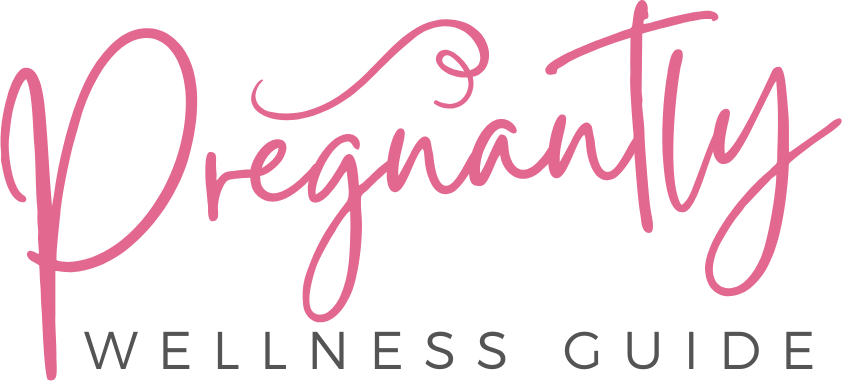
Women’s nutritional needs shift considerably based on our lifestyles and life stages. We need higher protein (1.2-2.0 g/kg/d) during intense physical activity, increased iron and folate during reproductive years, and enhanced calcium (1,200 mg) approaching menopause. Our busy work schedules and stress levels can compromise nutrient absorption, particularly vitamins D and B12, while aging decreases caloric needs but increases nutrient requirements. We’ll see dramatic changes in requirements from adolescence through post-50 years, with varying demands for iron, protein, and antioxidants. Understanding these dynamic nutritional patterns helps us make informed dietary choices for peak health at every stage.
Physical Activity and Nutrient Balance
Many women need to carefully balance their nutritional intake with physical activity levels to maintain ideal health. As we engage in regular physical activity, our energy expenditure increases substantially, requiring precise adjustments to nutrient intake. We’ve found that active women need higher protein intake (1.2-2.0 g/kg/d) to support muscle repair, particularly when incorporating strength training. Regular exercise also enhances our body’s utilization of nutrients critical for bone health, including calcium and vitamin D.
To meet these increased micronutrient requirements, we must focus on consuming nutrient-dense foods, including whole grains, lean proteins, fruits, and vegetables. This becomes especially important as physical activity improves insulin sensitivity, necessitating strategic carbohydrate consumption to maintain energy levels. We’re effectively supporting our active lifestyle when we align our nutrition with our exercise demands.
Reproductive Health Dietary Adjustments
Beyond regular physical activity considerations, a woman’s reproductive journey requires specific nutritional adaptations at various stages. During pregnancy, we need to increase our protein intake to 1.1 grams per kilogram while ensuring adequate folate and iron consumption. For lactating mothers, we’ll require an additional 500 calories daily, plus enhanced vitamin A, C, and D levels.
We must address iron deficiency, particularly prevalent in childbearing years, through consistent consumption of iron-rich foods. When approaching menopause, we’ll need to adjust our calcium intake to 1,200 mg and vitamin D to 800 IU daily to protect bone health. For those trying to conceive, we should prioritize a nutrient-rich diet high in antioxidants from fruits and vegetables. These dietary adjustments support ideal reproductive health throughout our different life stages.
Stress and Nutritional Requirements
Understanding stress’s impact on our nutritional needs reveals complex interactions between cortisol levels and dietary requirements. When we’re stressed, our bodies demand higher levels of specific nutrients, particularly magnesium and B vitamins, which support energy metabolism and stress management. We’ve observed that chronic stress can trigger emotional eating patterns, leading to less-than-ideal food choices that favor high-sugar and high-fat options.
What’s particularly concerning is how stress can compromise our body’s ability to absorb essential nutrients, especially vitamins D and B12. To combat these effects, we’ll need to make targeted dietary changes. Incorporating omega-3 fatty acids and antioxidants can help mitigate stress’s negative impact on our nutritional status. By addressing these increased nutritional needs through mindful dietary adjustments, we’re better equipped to maintain peak health during stressful periods.
Work Schedule Meal Planning
Professional women juggling demanding careers face distinct nutritional challenges that require strategic meal planning approaches. We’ve found that irregular meal patterns and reliance on convenience foods can greatly compromise nutritional intake, particularly for essential nutrients like iron and calcium.
To optimize work schedule compatibility with healthy eating habits, we recommend implementing structured meal planning systems. By dedicating time to weekly meal prep, we can guarantee consistent access to nutrient-dense meals while avoiding the pitfalls of rushed food choices. Following dietary guidelines, we should prioritize filling half our plates with vegetables and fruits, complemented by whole grains and proteins. Let’s utilize practical tools like meal prep containers and detailed grocery lists to maintain energy levels throughout demanding workdays. This systematic approach transforms challenging work schedules into manageable frameworks for sustained nutritional success.
Age-Related Dietary Transitions
Adapting nutritional requirements as women progress through life stages represents a critical aspect of maintaining ideal health. We observe distinct changes in nutritional needs, starting with adolescence’s heightened demand for iron and calcium, where iron deficiency affects over 30% of young women. As we enter our 30s and 40s, we’ll need to adjust for increased energy demands and focus on proteins and antioxidants to support reproductive health.
Beyond 50, we must prioritize muscle health through higher protein intake while combating risks of osteoporosis and sarcopenia with adequate calcium and vitamin D supplementation. We’ll notice that aging decreases our caloric needs while increasing nutrient requirements, making it essential to emphasize nutrient-dense foods in our daily dietary choices.
Conclusion
Our nutritional needs evolve in complex, often contradictory ways—demanding precise attention while accommodating life’s unpredictability. We’ve examined how intense workouts require different nutrients than sedentary periods, how pregnancy transforms calcium needs while menopause alters iron requirements, and how chronic stress depletes B-vitamins while irregular work shifts impact metabolism. By understanding these scientific intersections, we’re better equipped to adapt our dietary strategies through evidence-based adjustments across each life stage.







